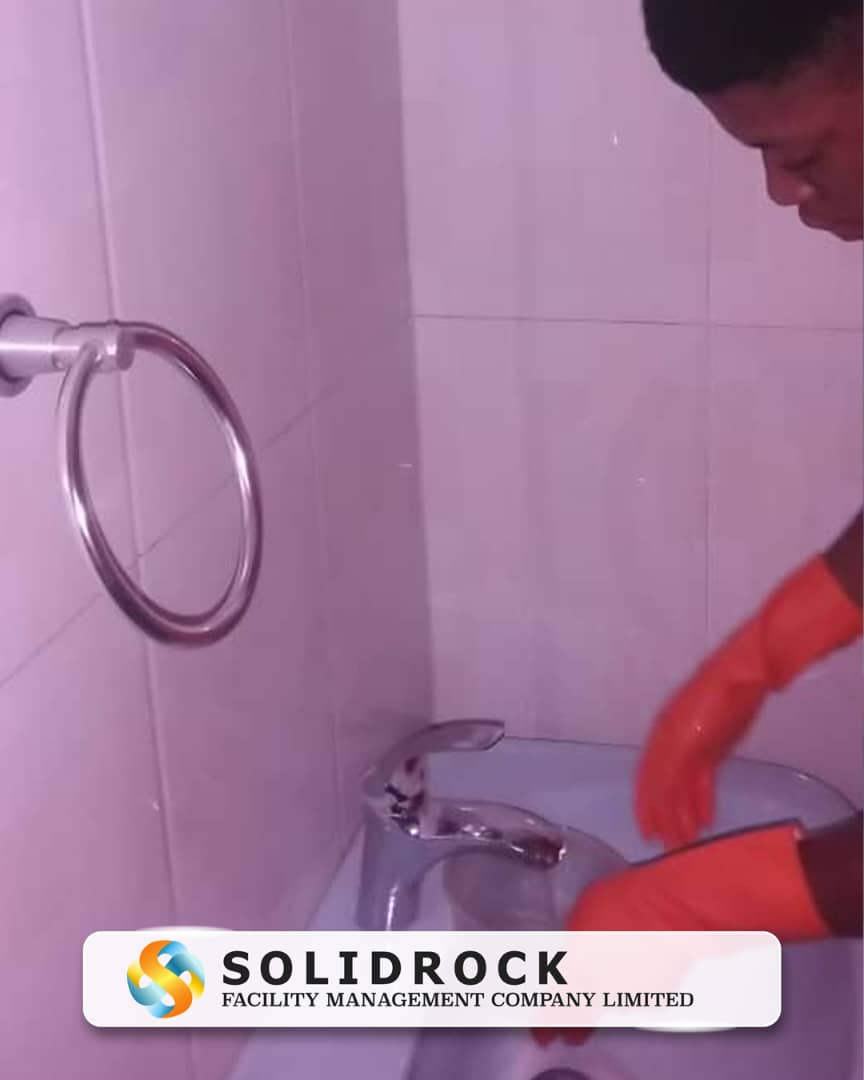Getting A Head Start On Building Safer Work Environments
Every year, thousands of workers across construction sites, manufacturing plants, and other industrial settings face the risk of traumatic brain injuries (TBIs). These potentially life-altering injuries can disrupt not only job performance but the future of an employee’s health, with failure to properly protect construction workers costing $11+ billion annually. While falls from heights, being struck by falling objects, and machinery accidents are well-known culprits, the lesser-known danger playing into TBIs is the impact of rotational motion on the brain.
Understanding The Common Injuries Leading To TBIs
Almost half of all TBI-related hospitalizations are a result of a fall. Slips, trips, and falls accounted for 450,540 nonfatal workplace injuries in 2022, and according to the Bureau of Labor Statistics (BLS), 20-30% of all falls in the workplace result in serious injuries like a TBI.
Workers in industrial environments face a range of hazards that can significantly increase the risk of slips, trips, and falls. Falls from heights, such as those from scaffolding, rooftops, or ladders, place construction workers at increased risk for TBIs. Even falls at ground level can pose a serious risk if a worker is not properly protected. Falls from the same level can occur due to slippery surfaces, uneven flooring, and cluttered walkways. In addition, falling or flying objects like tools, building materials, or debris can strike workers, potentially causing head injuries like TBIs.
Why Rotational Motion Matters
When the head is struck at an angle, rotational motion can be introduced to the head. In fact, most head impacts happen this way, rather than from strictly linear impacts. For example, slipping and hitting your head on the ground or getting hit by an object are more likely to happen at an angle. Impacts involving rotational motion can cause more severe injuries, such as concussions and diffuse axonal injuries, than what is associated with linear impacts.
Choosing The Right PPE
Hard hats are the first line of defense against injuries to the head, but not all hard hats are created equal. Traditional Type I hard hats, the most common type found on worksites and factories, are mainly designed to protect from forces that impact the top of the head, making workers more exposed to impacts that occur at an angle.
Traditional hard hats also often don’t include chin straps, which can cause the helmet to shift or fall off when a worker is not upright, moves too quickly, or experiences a fall. Being able to properly secure a helmet with a chinstrap ensures its positioned correctly in case of an accident, reducing the risk of head injuries on the job.
The Importance Of Education
Preventing TBIs in high-risk workplaces requires a comprehensive approach. This includes regular, up-to-date safety training to help workers recognize hazards and use equipment safely, with instruction covering the proper use of ladders, scaffolds, and machinery, as well as emergency response protocols.
While head protection is a straightforward and well-understood form of protection, many people still do not wear it while on the job or properly understand its importance. A 2022 survey conducted by Nielsen showed that 70% of American helmet buyers, in general, did not know the term “rotational motion.” If most Americans don’t understand rotational motion, they are unable to consider how well a certain helmet could help protect against it.
According to a survey from the BLS on worksite accidents, 84% of all workers who suffered head injuries were not wearing any head protection. Another survey by PPE provider J.J. Keller Safegear found that, of construction workers who aren’t wearing appropriate head protection at work, 72% said they simply don’t want to wear it, and 50% believe it isn’t required.
Creating A Culture Of Safety
Traumatic brain injuries in the workplace don’t have to be inevitable. Facility leaders must foster a work environment where safety is the priority. This means more than just providing PPE. It’s about making sure everyone selects head protection that addresses the risks they’re actually facing, ensuring proper fit, and staying alert to all potential hazards in the workplace.




